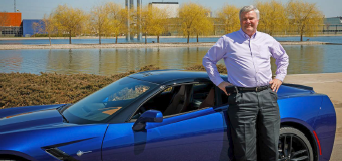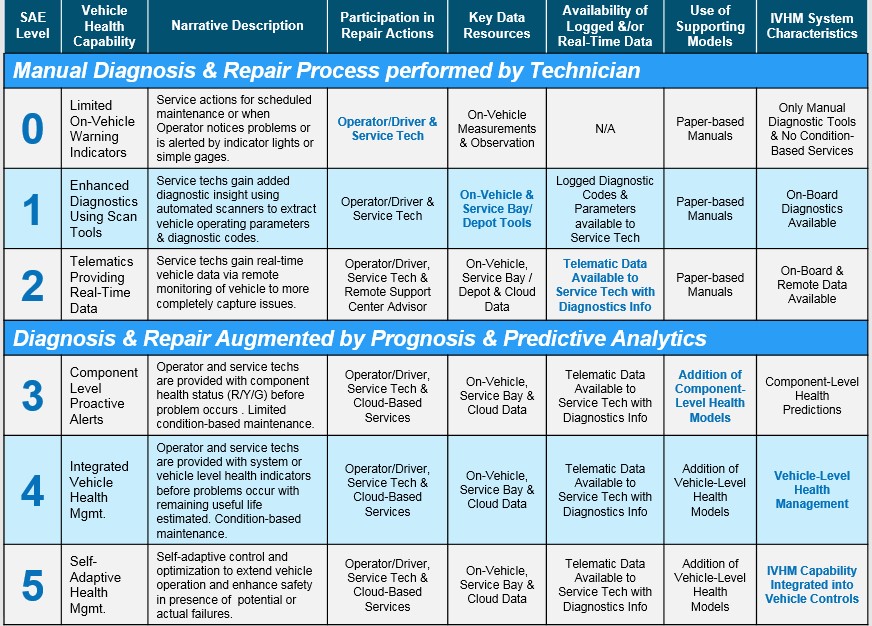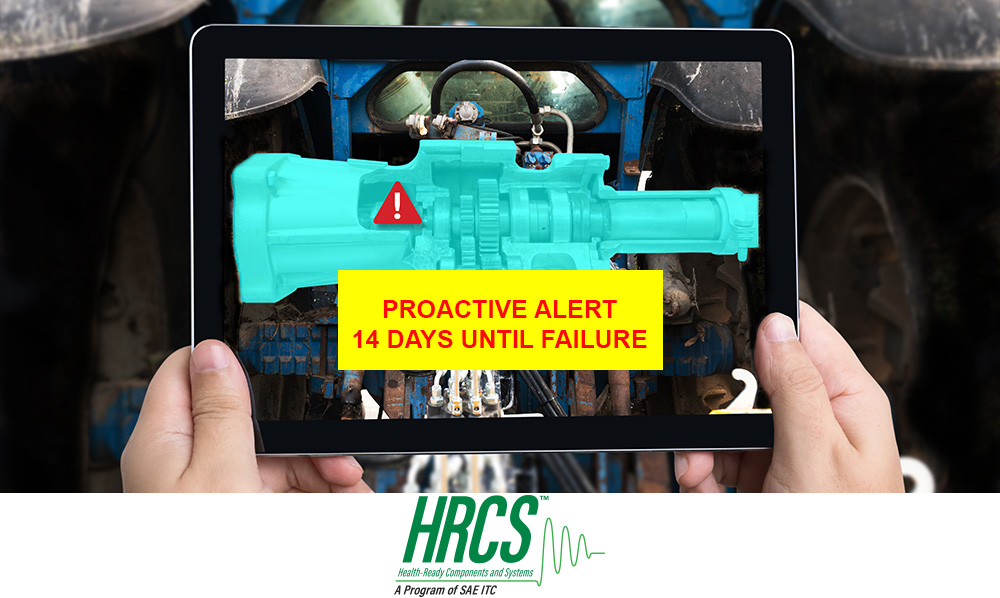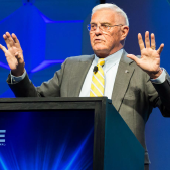Standards volunteer profile
Steve Holland, a member of the SAE IVHM Standards Committee (aka HM1) and Chair of the JA6268 development effort, has been with General Motors for more than 48 years, starting as a co-op student and now serving as Research Fellow and Chief Technologist for Vehicle Health Management in GM Global R&D. In addition to being a ??-year SAE Member, he is a Fellow of IEEE and serves on the Board of Directors of the Prognostics & Health Management Society, with which SAE collaborates. He has been an active member of SAE HM-1 since 2012 and serves on the SAE IVHM Steering Committee. He chairs the JA6268 Document Committee.

Steve Holland with his 2019 Chevrolet Corvette.
“In recent years while I was working on Vehicle Health Management at GM Global R&D, I came across the SAE IVHM Standards Committee, which is part of the SAE Aerospace Standards unit,” he told Update. “Since there was no automotive equivalent, I began attending those meetings and proposed a new SAE Recommended Practice to the aerospace members. It was designed from the beginning to support both aero and auto. That, of course, led to JA6268. Richard Greaves, Past President of SAE International, encouraged me to collaborate with the SAE Aerospace and deliver JA6268 for everyone’s benefit.” Steve’s first SAE presentation was paper 1979-02-01, a coauthoring effort which won an Arch T. Colwell Merit Award in 1979.
SAE volunteers key to a thriving WCX
Dozens if not hundreds, of SAE members and volunteers participated in and/or helped organize the April 10-12 SAE International WCX World Congress Experience in Detroit, which attracted about 10,000 members and nonmembers alike.
Attendees from about 50 nations were treated to almost 1,500 technical papers and presentations, and nearly 200 exhibit booths—not to mention unending opportunities to network.
“WCX is designed to bring together the brightest minds while sharing the latest next generation technology,” Jim Forlenza, Group Director, SAE Events, said. “We again accomplished that goal and look forward to
building on this momentum for the future.”
One of the highlights was a WCX-opening keynote speech by Bob Lutz, the famed former Vice Chairman of General Motors. Here was the take on his speech by Bill Visnic, Editorial Director, Automotive Engineering:





